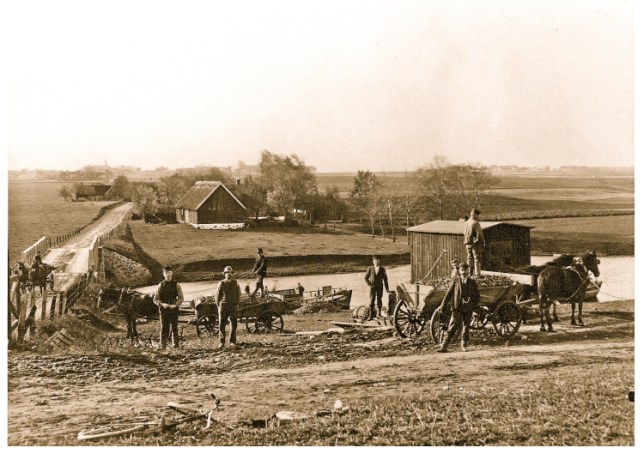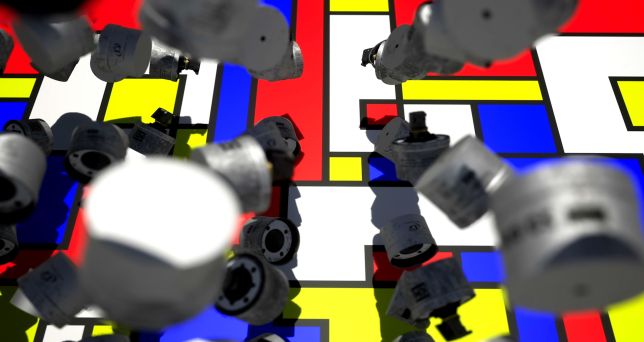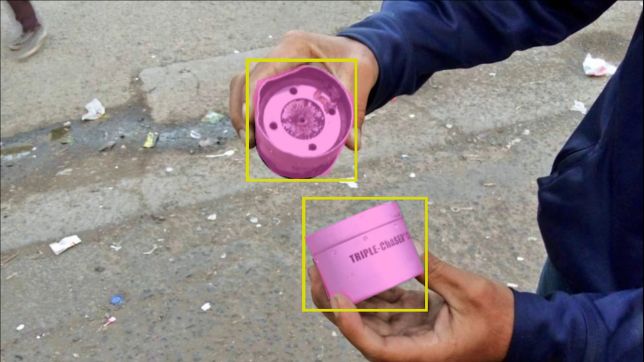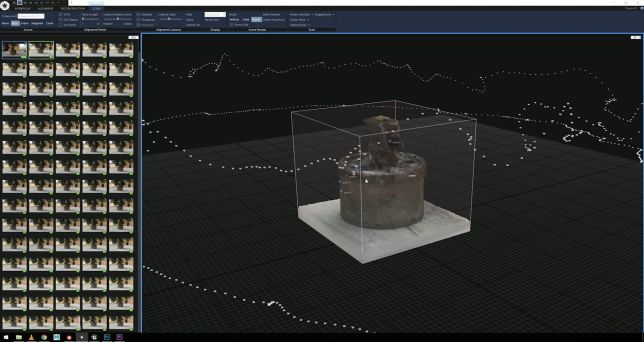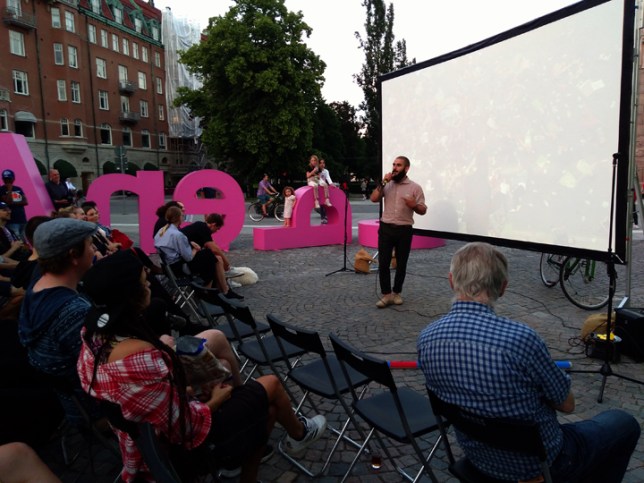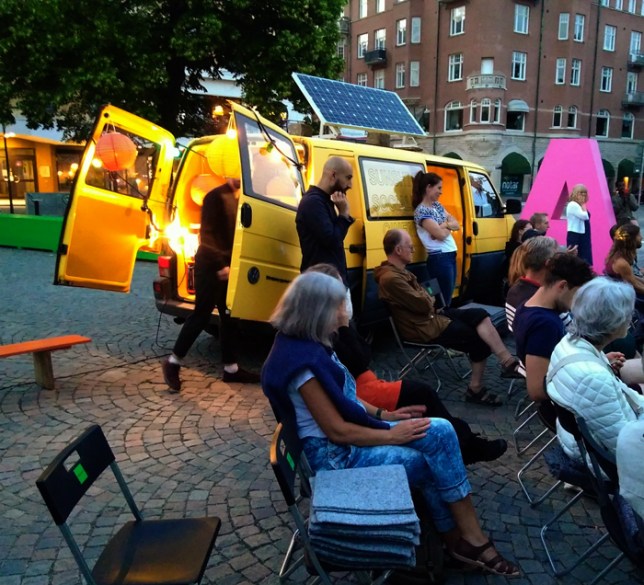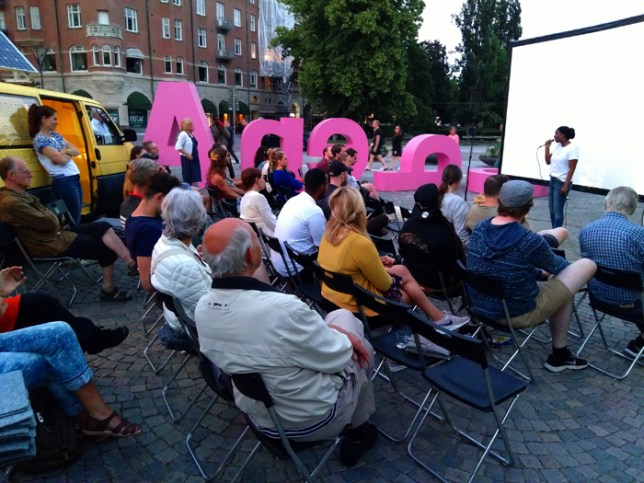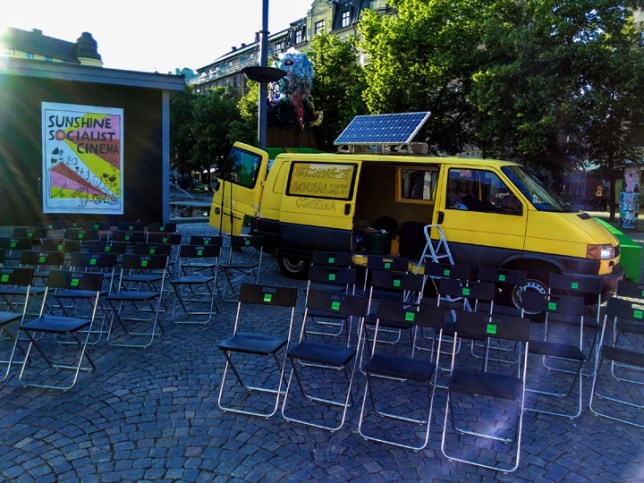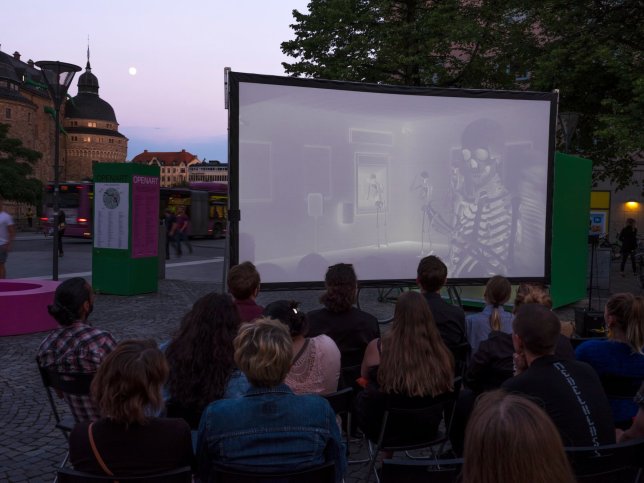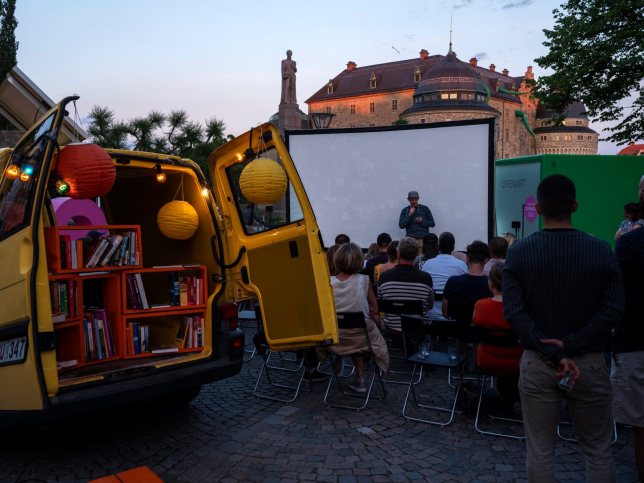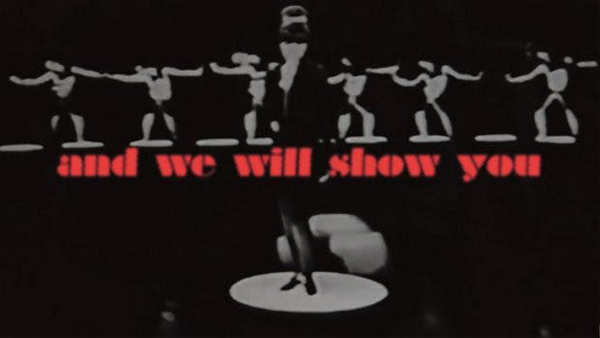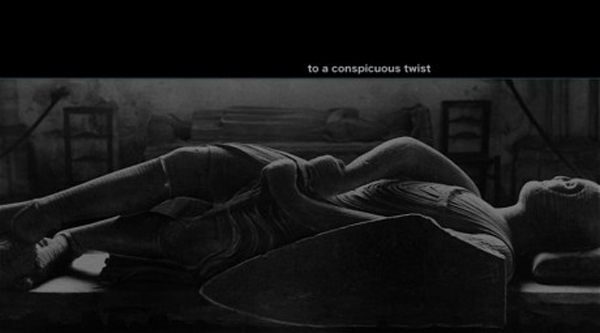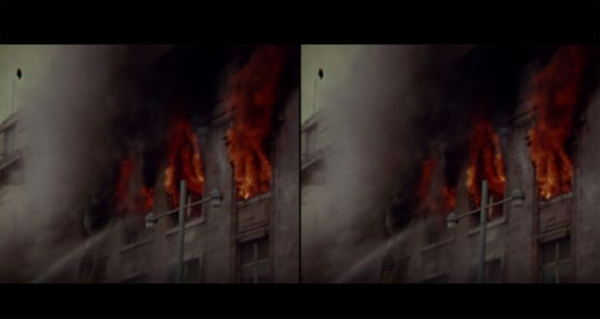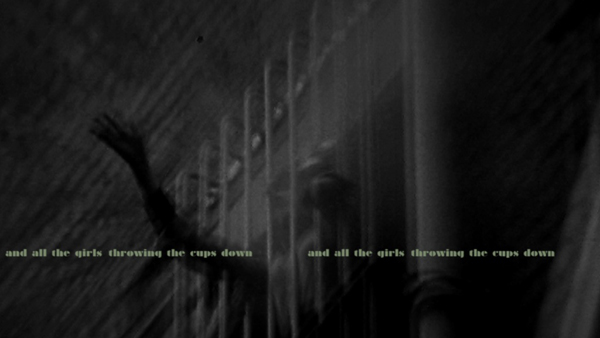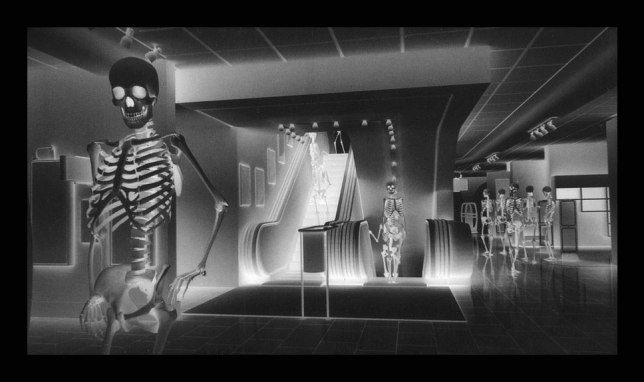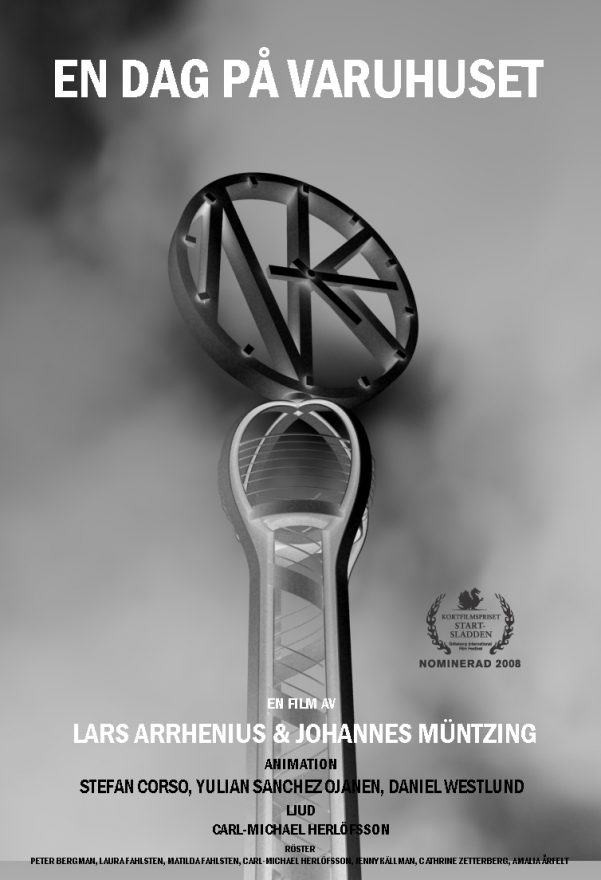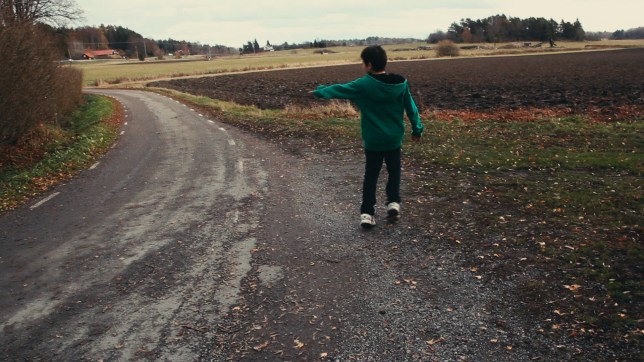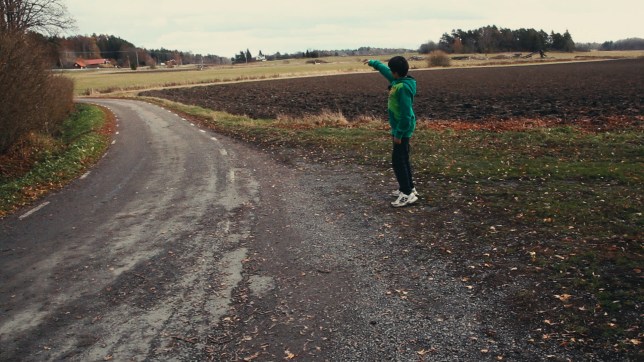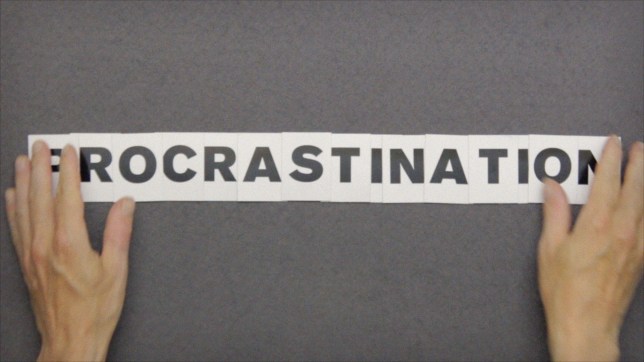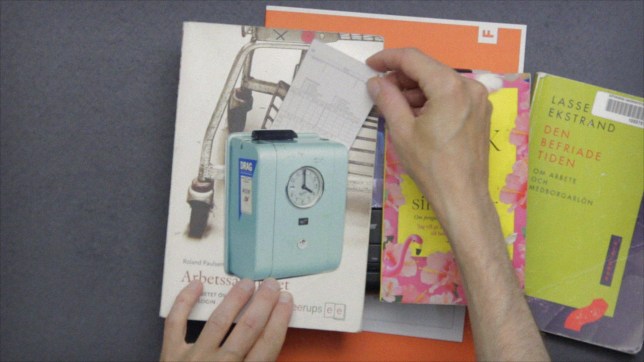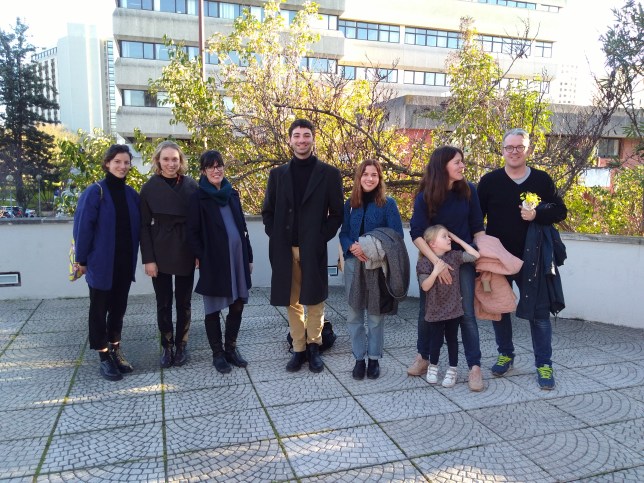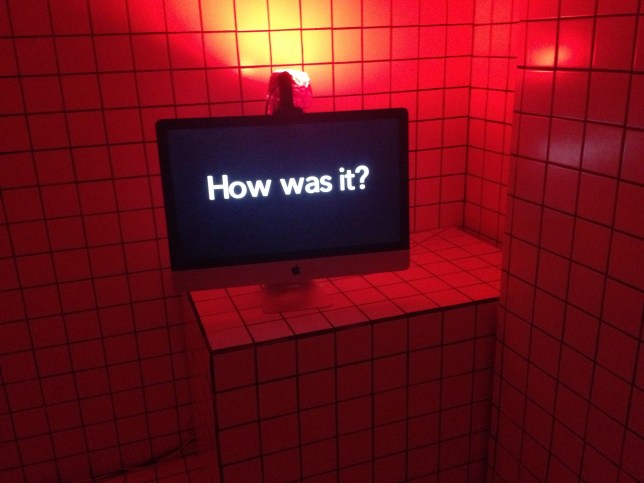Curating a book/exhibition/screening with the
Sunshine Socialist Cinema, at FOCO in Lisbon, are: Aude Vignac, Jule Kurbjeweit, Luísa Santos, Federico Rudari, Juliana Orrego Trujillo. Here they all are, next to some randos.One of the many excellent things they are producing is a
questionnaire, in which we ask our audience for thoughts on
the What and the How of a utopian cinema. The answers are published continuously here on the blog, and in a book which you can find online (link coming up shortly).
Now. We would like to direct all of our readers to the questionnaire, because it is still open. Your answers will not only be published, more importantly they will provide fuel and direction for the re-structuring of our cinema. Doesn’t that sound like something you’d want to be a part of?
Go to the questionnaire, have a look, yeah?
“When you dream of a utopian cinema, what do you envision? What would your ideal Sunshine Socialist Cinema be like?”
– Documentary mix with fiction on possible economic and social schemes everywhere in the world and debates afterwards of what was real or what was fiction to show that some equal system can happen for real and see how we can progress
– It will provide a lot of space and acceptance for the choice of what film to screen, what audience to come and what opinions are to be raised. It will also aim for building a bridge between the artist, the audience, the industry and the society. There is always a discussion session led by different interested parties with different pov.
– It would bring different views of socialism to the screen and debates, from Stalin to Mao, and viewers as well as employees would have to cope with the natural arguments that would break up in every session, delaying people and even bringing physical fights to the outside (it sounds funny and scary, but that’s how it works)
– A place that enables watching and debating cinema with no hierarchies through panel structures or other models of power.
– This example seems already quite interesting. Maybe add a bar for those discussions ; a space for movie to be displayed in an open air environment during summer, a place to receive food/clothes to be given to charity, and tolerance/openness for everyone (which i’m sure is quite obvious).
– An open space where after a film screening we would be able to discuss, with a panel of moderators the issues we believe the film brought up
– A cinema that would create the space for reflection and action at individual and collective levels
– A socialist movie followed by a Q&A with an expert on the topic, then some alcohol to cheer everyone.
– The utopian cinema is an informal activity where everyone is welcome, is a place of debate and inclusion, a place to talk and discover other ideas.
– The utopian cinema would show films you could not see elsewhere. The watching experience itself should be special. There would be a pre-film introduction and a post-film conversation/discussion.
– Utopian cinema would allow political and social critical discussion, therefore addressing the main problems of society, and searching for possible solutions for them even if on an esthetic and symbolic level.
– It would be a place for discussing progressive ideas and learning from different perspectives after watching interesting films
– Monjas ayudando en ecología profunda, y transformando la comunidad con seguridad alimentaria
– A warm welcome, an introduction that might raise questions to consider, diverse screenings, an opportunity for a q&a after the screening, and then an informal drink with everyone who felt like staying. Maybe a local cafe that we could go to afterwards. You could intersperse screenings with talks, where the speaker showed clips, and were in conversation with one of the organisers.
– I would love it to change location, to be dynamic and use it as another lair of agenda setting.
– The ideal SSC in my opinion would raise relevant questions of society, such as poverty, income inequality and multiculturalism, and offer a socialist perspective and how to address them for the benefit of all. This however should not come in the form of a one-size-fits-all prescription, but by inspiring a discussion among the viewers and producers aswell. This is why the SSC would have to be very inclusive, also inviting people who do not identify as socialists to join in as a one-sided discussion in a bubble does traditionally not change much.
– A cinema close to the beach, with nice cold drinks, cozy chaoirs and a provacative discussion after the movie
– A cinema room were u choose a topic every month. And each week, 2 or 3 diferent movies screened (in a loop like 3 or 4 times a weeks) preceded by a little introduction and followed by a debate to understand how the movie treat the topic of the month. In order to be able to compare the diferent points of view and technicles of each movie maker.
– First of all it would show all movies in the respective original language they were recorded in. Preferably before and after the movie there would be a little art gallery/ discussion round/ some food and drinks, so that watching movies would become a social event again rather than an occasion for individual consumption.
– It should be a place to share ideas, visions, views and criticism on any kind of current past or future topic!
– A place to see a film and before the flim a context explaination with some documentations and divers opinion / see the film / and after debate aboute the topic around a drink / have some different views in the debate / there is a book music film and documentary shop / there os a bar and snack around a cheminée with a lot of sofa like a lounge
– The utopian cinema could bring up different topics (fair fashion, sustainable lifestyle, social projects, etc). It would be nice to first get an overview of the topic and then discuss it to have different point of views.
– My dream cinema would have movies in good quality sound/image that I can not find online.
– The cinema would give room for discussion and exchange in relation to the films and also the general topics the films would depict.
– It would provide information in an interesting and accessible way so that people without a lot of prior knowledge would understand and become interested
– A utopian cinema would provide a platform for watching and discussing films with socio-political themes, which would start conversations around these topics. It would also have a community-building function in the neighbourhood in which it is organised, bringing neighbours together and helping them build a sense of community spirit, although it would not be exclusively a community project and would be open to anyone from anywhere in the world. As well as this it would have an educational function, introducing people of all ages to topics and films they hadn’t previously been exposed to.
– It could mix environment problems who concern the World today
– It would be a space for community building, where cinema could bring together people from different backgrounds and talk about the movies shown.
– Utopian Cinema would show alternative ways of living in order to criticize the way we’re currently living
